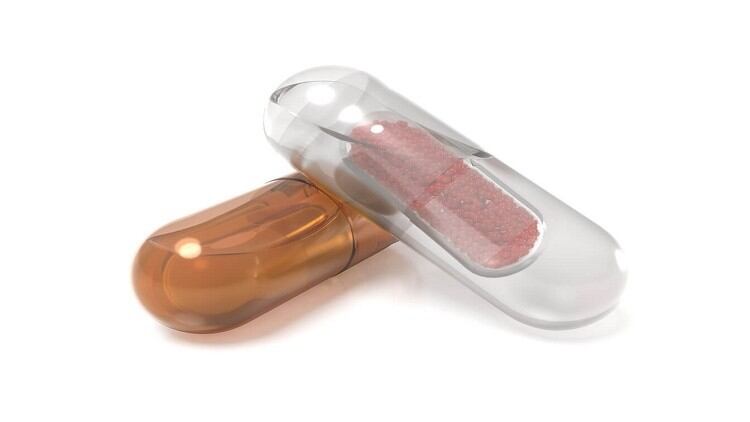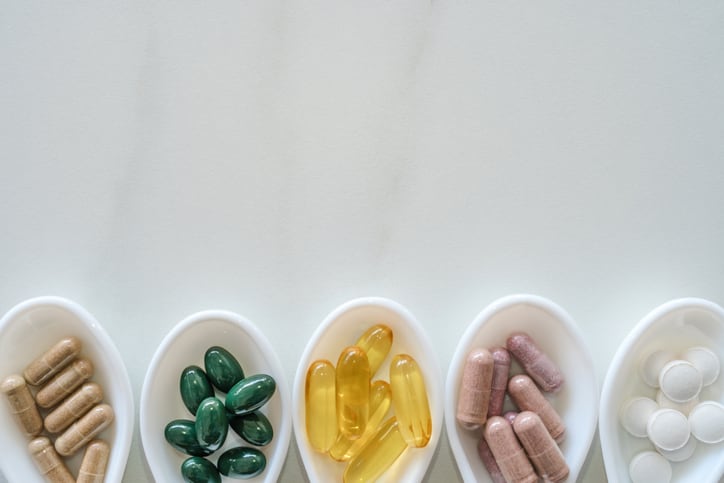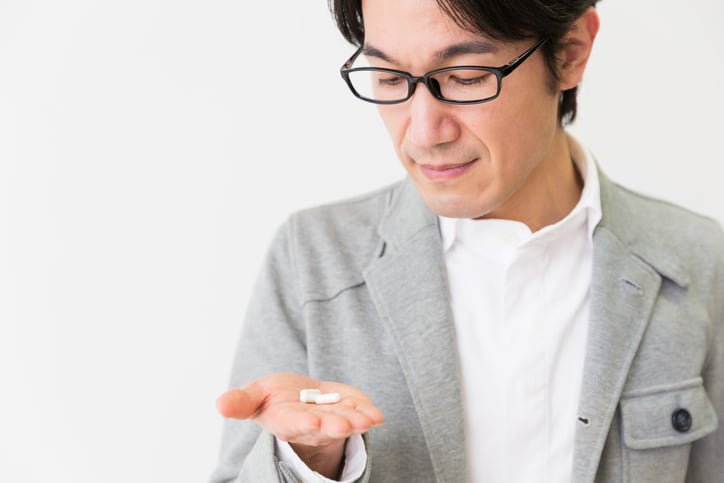It compromises an argon and oxygen gas mixture to sterilise dry powder food ingredients without affecting its nutritional and organoleptic properties.
Lately, companies in the FOSHU industry have been experiencing contamination issues, particularly food poisoning caused by the large amounts of viable bacteria and coliform bacteria in the dry powder food ingredients imported from abroad.
Traditionally, these companies use hot air or steam to sterilise viable bacteria and coliform bacteria, but this causes an adverse effect on nutrients, colour, fragrance and flavour.
So, in this study, researchers from Japan, Thailand and Malaysia demonstrated that an atmospheric pressure nonequilibrium DC pulse discharge with argon and oxygen mixture plasma gas can reduce bacterial count in mulberry leaf powder, without affecting its nutritional and organoleptic properties.
Published in the Journal of Food Quality, the findings also revealed that the longer the exposure to plasma, and the higher the frequency, the greater the decontamination effect.
New method
In this experimental setup, researchers used a fine powder of mulberry leaves to represent dry powder food ingredients.
Mulberry leaf powder contains carotene, calcium, vitamin B1, iron, protein, minerals, and dietary fiber and is typically used in dietary supplements such as green juice to improve blood cholesterol levels.
The viable bacteria count in 1.0 g of the mulberry leaves used in the experiment is 3.6 × 105 (g/counts).
For the plasma, researchers used a gas mixture of argon (5.0 L/min) and oxygen (0.1–1.0 L/min).
DC pulse power was used to generate plasma, and an atmospheric-pressure nonequilibrium DC pulse to discharge plasma jet electrodes.
In the experiment, the fine powder of mulberry leaves (20 g) was put in a beaker of 50 mL and placed at the distance of 15 mm from the nozzle tip.
The plasma irradiation time was set to one minute, five minutes, and ten minutes, and the fine powder was stirred every two minutes so that the plasma was irradiated on the whole area of the fine powder.
The number of general bacteria and coliform bacteria was recorded.
Readings also revealed a temperature of around 30°C, making this method a low-temperature process.
Decontamination effect
Findings suggest that the combination of argon and oxygen as plasma gas with 10 kHz of pulse frequency and 100 W plasma power resulted in the best result.
Under these conditions, the general bacterial count is 1.8 × 105 (g) at one minute plasma processing time, and 8.0 × 104 (g) in 10 minutes indicating that half of the bacteria are killed.
At a higher DC pulse frequency of 5.0 kHz, it decreased to 8.0 × 104 (g), almost half of the count at 1.0 kHz, which confirmed the sterilisation effect.
At the same time, as the oxygen ratio in the plasma gas increases, the general bacterial count decreased, confirming the enhanced sterilization effect.
Researchers explained the mechanism: “The electrons emitted in the plasma and oxygen radicals derived from oxygen gas reacting with vapor in the air to detach oxygen molecules and water molecules to generate oxygen atoms.
“This produces ozone (O3) and OH radicals with strong oxidising power and high sterilisation effect. We believe that these radicals react with the general bacteria and coliform bacteria adhered to fine mulberry leaves’ powder to produce decontamination and disinfection effect.”
This study also revealed that increasing the plasma irradiation time, and pulse frequency further improved the decontamination processing capacity on the general bacterial count.
Researchers added: “This study confirmed that using atmospheric-pressure nonequilibrium DC pulse discharge with Ar + O2 mixture plasma gas and irradiating the plasma on the dry powder food improved the decontamination processing capacity on general bacterial count with the bacterial count reduced to 50% when the irradiation time was increased by 10.”
Sterilisation techniques using OH radicals have been reported in the medical field.
“In the future, in pursuit of superior performance on dry powder food ingredients, we will examine the plasma gas species and irradiation techniques to complete the dry nonthermal decontamination method using an atmospheric-pressure nonequilibrium DC pulse discharge plasma jet,” researchers concluded.
Source: Journal of Food Quality
https://doi.org/10.1155/2021/8896716
“Development of Decontamination Treatment Techniques for Dry Powder Foods by Atmospheric-Pressure Nonequilibrium DC Pulse Discharge Plasma Jet”
Authors: Toshifumi Yuji, et al.




